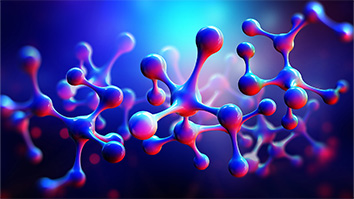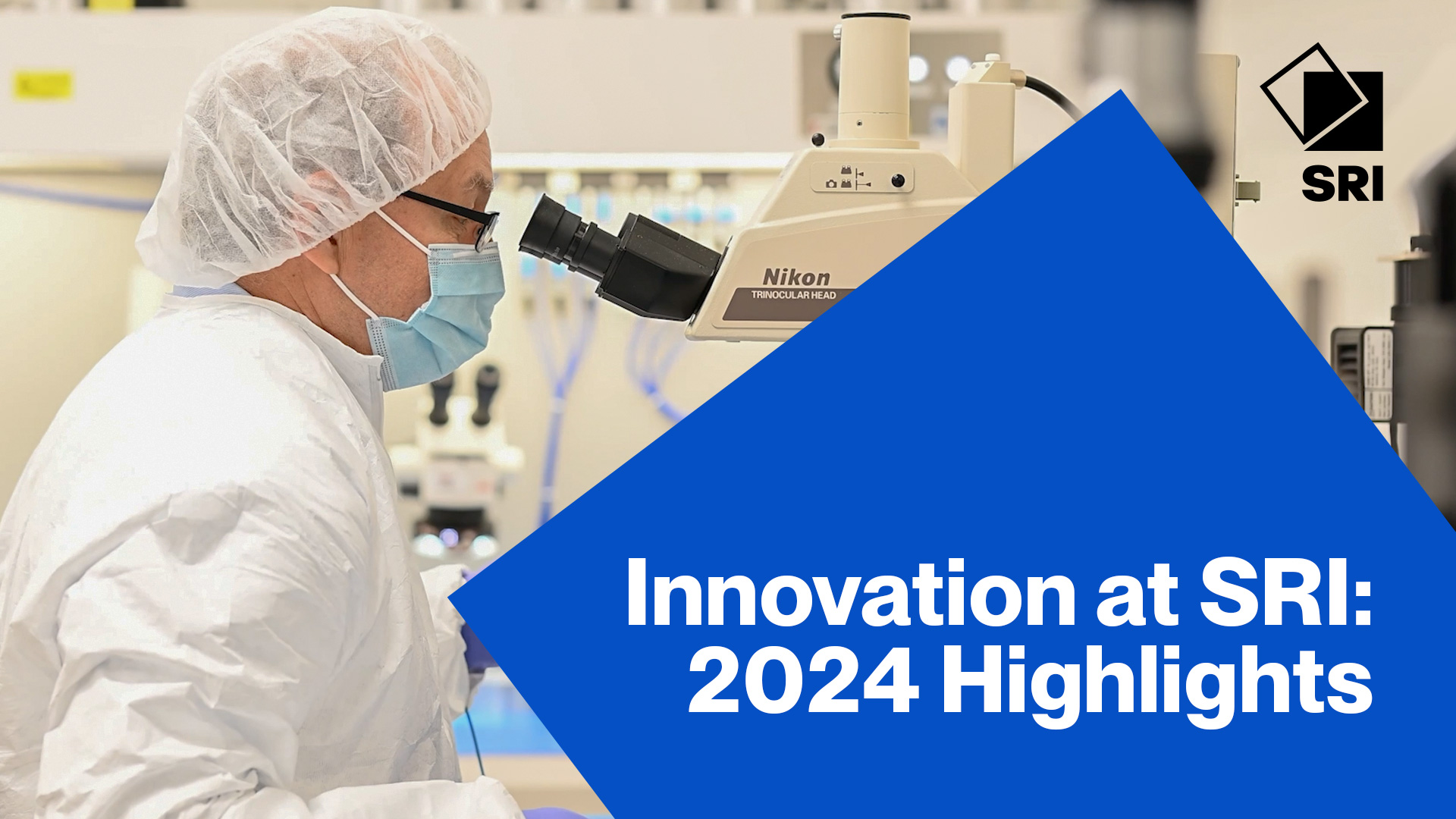Citation
Petro, M.; Song, L.; Bell, A. G.; Tuganov, A. V.; Parajuly, K.; Dobson, P.; Xu, T.; Pruess, K. System and methodology for rapid evaluation of geothermal rock-fluid interactions associated with CO2-EGS. Proceedings of the 37th Workshop on Geothermal Reservoir Engineering; 2012 January 30 – February 1; Stanford, CA.
Abstract
Numerical simulations of Enhanced Geothermal Systems with CO2 as the heat transmission fluid (CO2-EGS) are optimistic. However, there is always water present underground, and transition from aqueous to dry supercritical CO2 environments is accompanied by a series of complex rock-fluid interactions, which significantly affect both overall capacity and lifetime of a CO2-EGS reservoir. Therefore, focused experimentation characterizing CO2-H2O-mineral reactions and interactions is necessary to understand this process and validate the expected outcomes. The results of the batch and flow-through reactor experiments will be used to determine mineral equilibrium solubility values and kinetic reaction rates over a range of pressure, temperature, and fluid composition conditions. These data can then be used to constrain coupled process simulations of CO2-EGS reservoir behavior, thus yielding more realistic predictions. For such a purpose, PARC has developed an integrated multichannel reactor system, fed by a mixture of gases, liquids and supercritical fluids, operating in a wide range of high-pressure and high-temperature conditions, and coupled to an on-line diagnostics system for real-time detailed ion analysis. The data are generated in collaboration with LBNL, utilizing their expertise in geothermal reservoir modeling with an extensive history of CO2 applications. Jointly, we can mimic a variety of geothermal-like situations by rapidly screening behavior of relevant minerals for their solubilities across the water-CO2 interface, or monitor an accelerated dissolution process of diverse rock formations in an underground setting. The applications of interest include mapping out transition of a reservoir from water to dry supercritical CO2, understanding the role of naturally dissolved gasses and minerals on development of underground water pathways, predicting the effect of injected water compositions on native rock solubility, assessing risks and benefits associated with precipitation-redissolution processes during reservoir stimulation, and many others.


